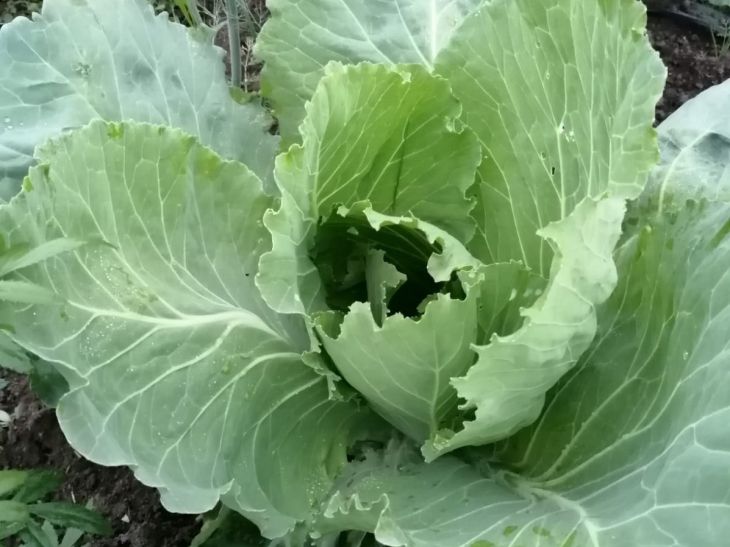Clubroot is a dangerous fungal disease of cabbage, turnips, radishes, and rutabagas, which deprives a significant portion of the harvest.
The causative agent of the disease is a fungus. It affects the root system of young (seedlings) and adult plants.
The main symptom of the disease is growths on the roots, which reach a mass of 100-300 g, and sometimes more. On average, the harvest due to clubroot falls by 20-30%.
When faced with this problem, summer residents wonder how to proceed. Even after removing the affected cabbage, the pathogen does not immediately disappear.
How to disinfect soil
1. The most important thing is to actively lime the soil. To do this, add chalk, dolomite flour, lime. Dolomite flour activates the activity of beneficial microorganisms and annelids, which help to improve the soil.

Lime is applied at a rate of 30 kg per 100 sq. m. Before planting cabbage in another place, chalk, lime or dolomite flour can also be added to the soil – 3-5 kg per 100 sq. m.
2. Experienced gardeners have noticed that the pathogen causing clubroot can appear on the plot after green manure mustard.
Therefore, it is recommended to replace it with some other crop in the future in order to reduce the likelihood of the problem returning. The fact is that mustard is a close "relative" of cabbage.
3. In the place where the diseased cabbage grew, cruciferous vegetables (radishes, turnips, horseradish, mustard, etc.) cannot be grown for at least 3 years.
4. A powerful remedy against the causative agent of clubroot is calcium cyanamide (20 g per bucket of peat humus mass). When added to the soil, it decomposes, turning into calcium oxide, which kills the fungus.








